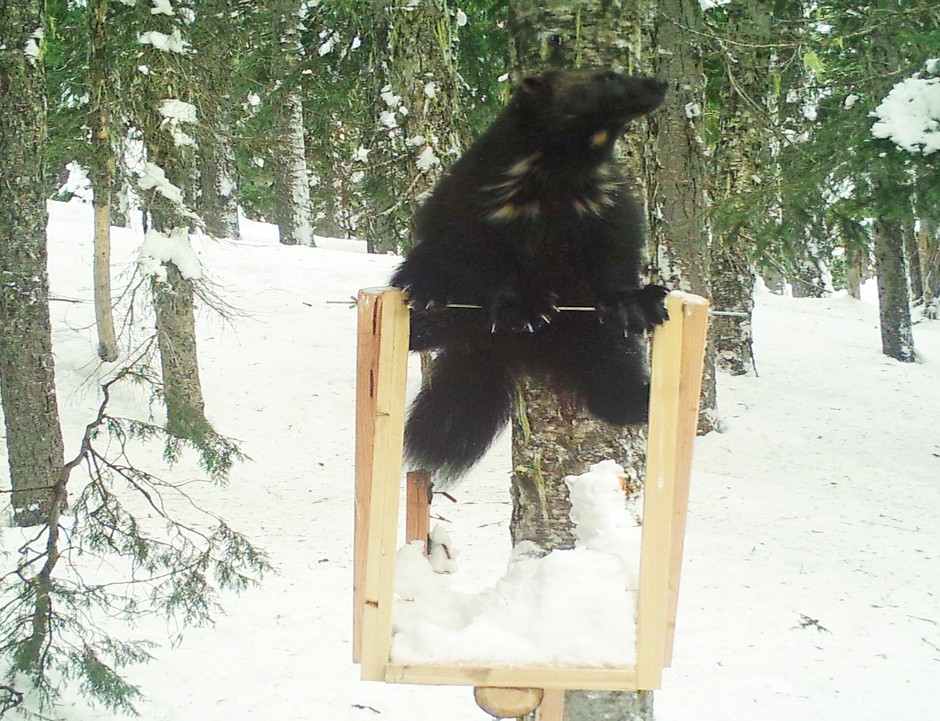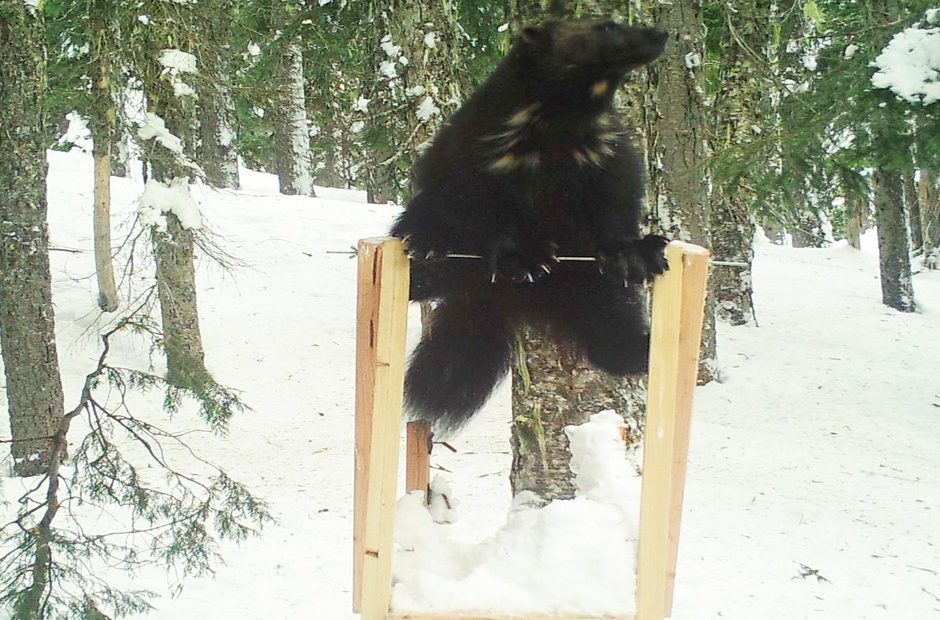
Conservationists Push Federal Managers On Timeline Of Endangered Species Determinations
Read On
Conservation groups are worried that the federal government isn’t making decisions on plants and wildlife to add to the endangered species list. They say that backlog could be harmful to species in the Northwest, such as wolverines and whitebark pine trees.
At the end of the Obama administration, the U.S. Fish and Wildlife Service came up with a plan that was supposed to shorten a backlog of species that might need a place on the endangered species list or need more critical habitat protected.
But the Center for Biological Diversity says that plan has gone by the wayside under the Trump administration.
Noah Greenwald, the group’s endangered species director, said 46 species should have been considered in Fiscal Year 2019, which ended Sept. 30.
“Delays at worst can cause extinction. Almost certainly will cause further declines, making recovery more difficult and expensive,” Greenwald said.
He said wolverines and whitebark pine trees are of particular concern in the Northwest. Both species face challenges as climate change makes higher-elevation habitat warmer.
A final listing determination for the American wolverine was supposed to happen in the federal fiscal year 2018 (which ended Sept. 30, 2018), according to the Center for Biological Diversity. The wolverine’s habitat ranges throughout the west, including in Washington, Idaho and Oregon.
“(Wolverines need) persistent spring snowpack in the mountains – that’s where it dens and raises its young, in the snow. So as we lose spring snowpack, we’re losing habitat for wolverines,” Greenwald said.
He said wolverines are also threatened by road building, ski areas and other winter recreation like snowmobiling.
Whitebark pine trees had a proposed listing determination in Fiscal Year 2019, the Center said. Its habitat is in several western states, including Washington, Idaho and Oregon.
“(Whitebark pine) is a higher elevation species. The climate space where it can live is being pushed further and further uphill. At some point, it just may not be able to survive,” Greenwald said.
The trees are also threatened by a disease called white pine blister rust, which a report by the U.S. Forest Service said was “probably the most destructive disease of five-needle (white) pines in North America.”
Greenwald said the federal work plan and required statutory deadlines have “well passed” for all of these 46 species they’re monitoring. He said the Center would “go to court to accelerate protection for these species.”
The U.S. Fish and Wildlife Service didn’t respond to a request for comment on Monday.
Related Stories:
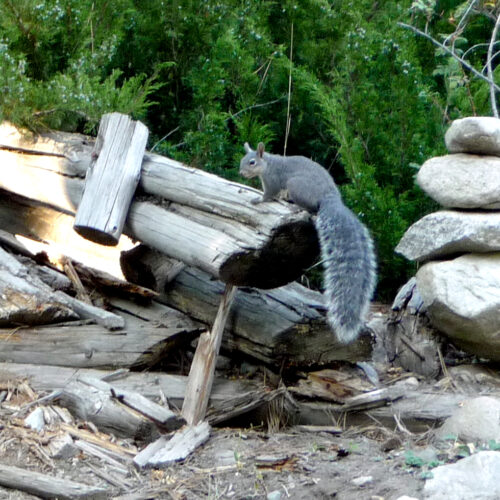
Washington may upgrade Western gray squirrel to ‘endangered’ status
A Western gray squirrel. (Courtesy of the Washington Department of Fish and Wildlife.) Listen (Runtime 0:57) Read Washington’s Western gray squirrels are in trouble. So much so that state officials
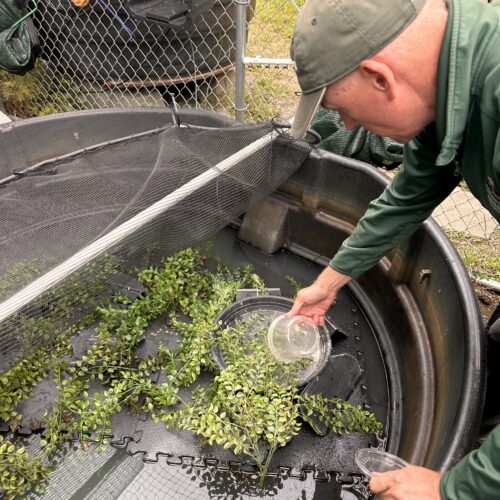
Northern leopard frogs growing leaps and bounds at Northwest Trek, preparing for re-release in the wild
At Northwest Trek in Eatonville, Washington, there are about 300 northern leopard frogs, named for their spotted skin, swimming around in four tanks and getting ready for their new home.
The frogs are part of a conservation project that Northwest Trek is partnering with the Washington Department of Fish and Wildlife, the United States Fish and Wildlife Service, the Oregon Zoo and Washington State University on. The goal is to restore this native species, which became endangered in the state in 1999.
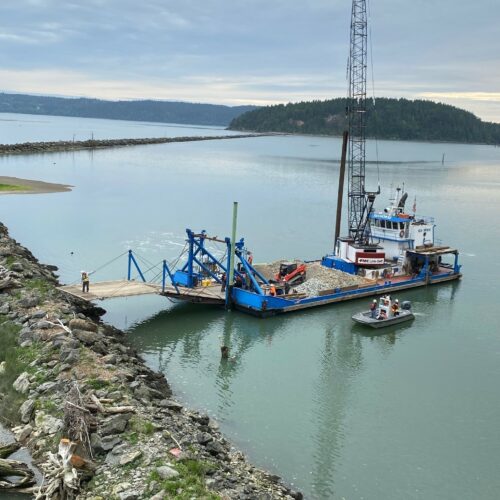
Dead salmon prompt Army Corps of Engineers to repair Skagit River jetty
The Army Corps of Engineers began emergency repair work May 22 on a jetty that sits at the mouth of the Skagit River’s North Fork, near La Conner.
Crews will use cobble and sediment to essentially plug porous areas of the McGlinn Island Jetty. Those gaps have stranded, harmed or killed out-migrating juvenile salmon this spring, according to a press release from the Swinomish Indian Tribal Community.

